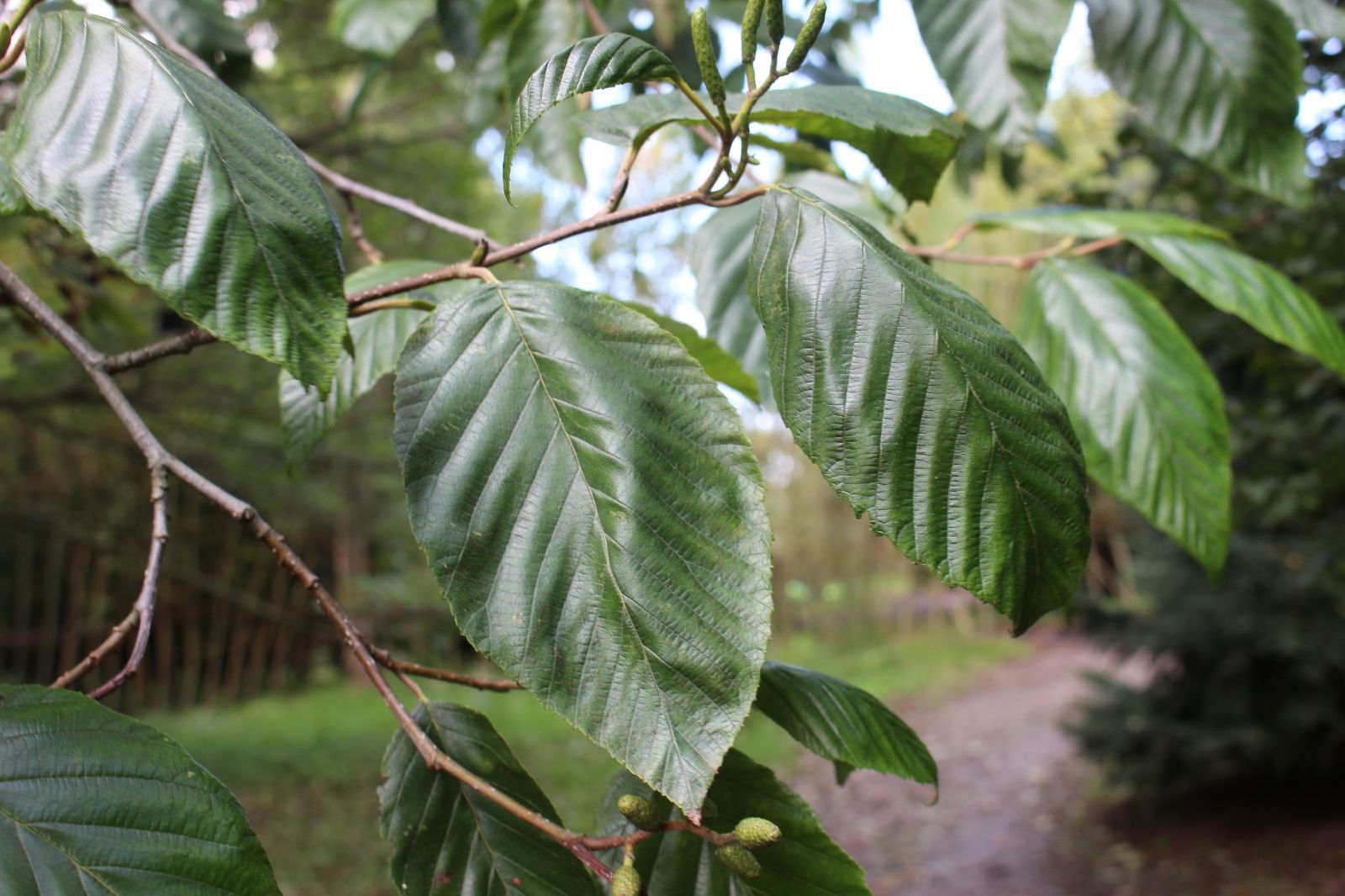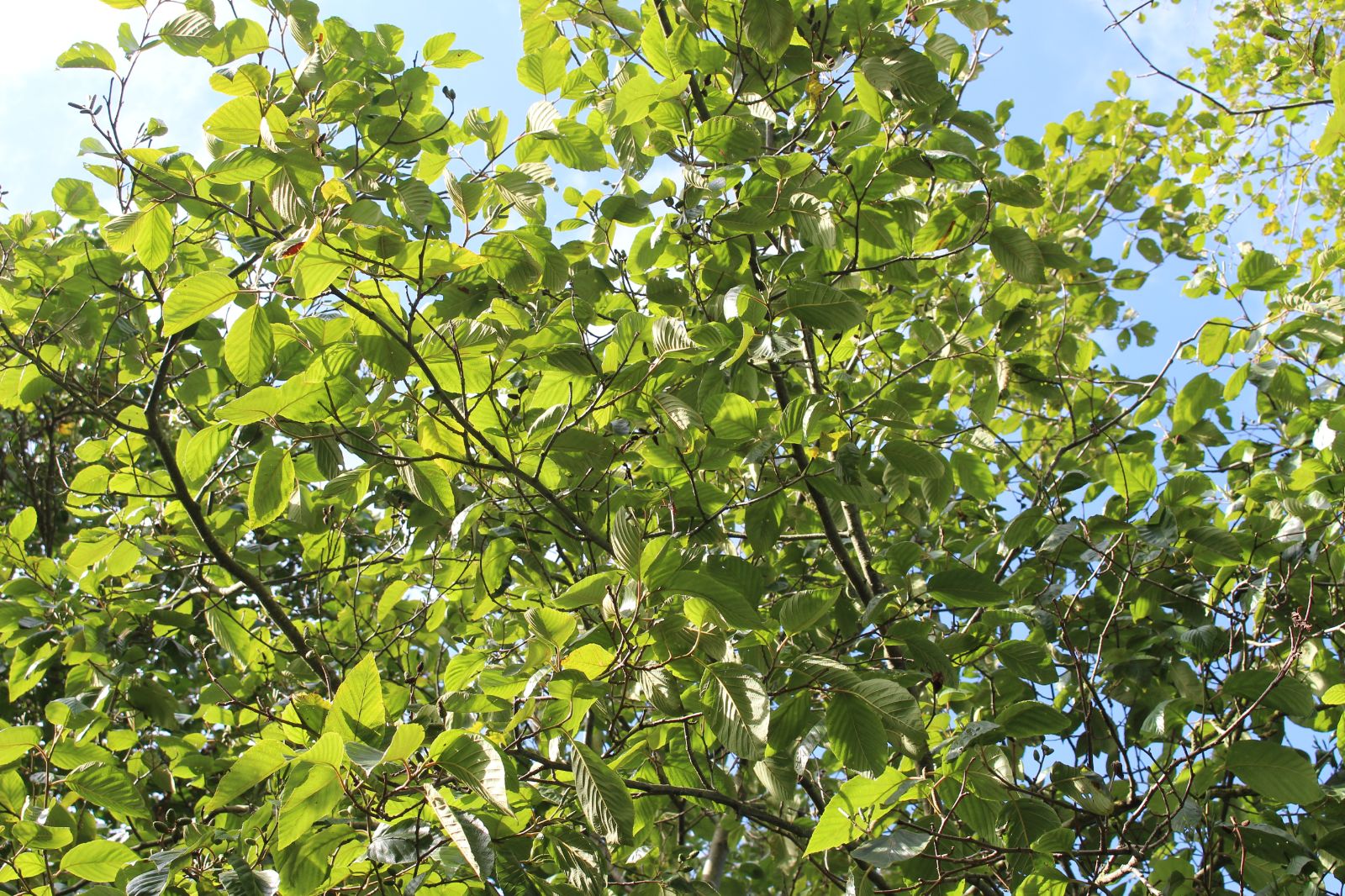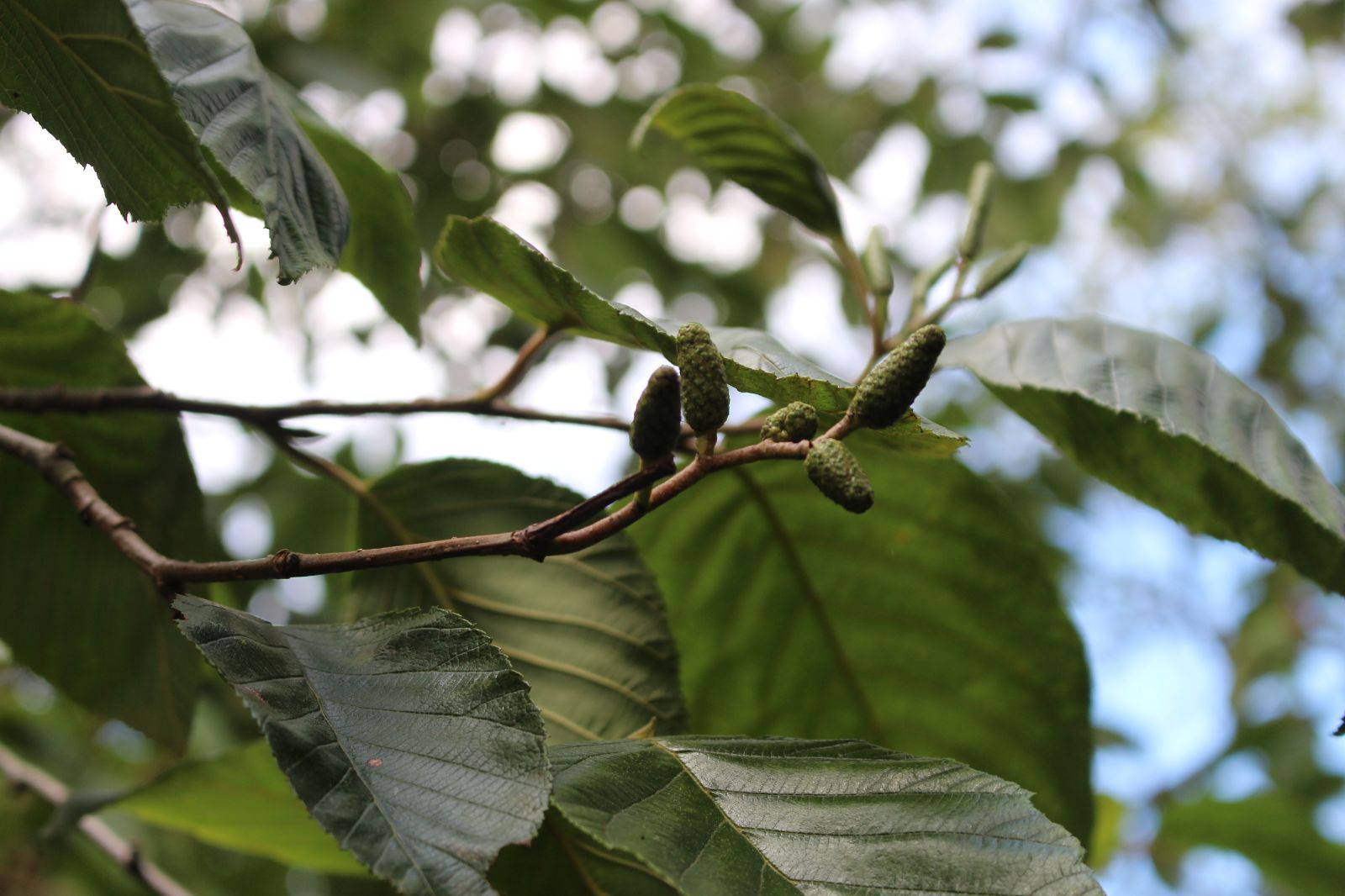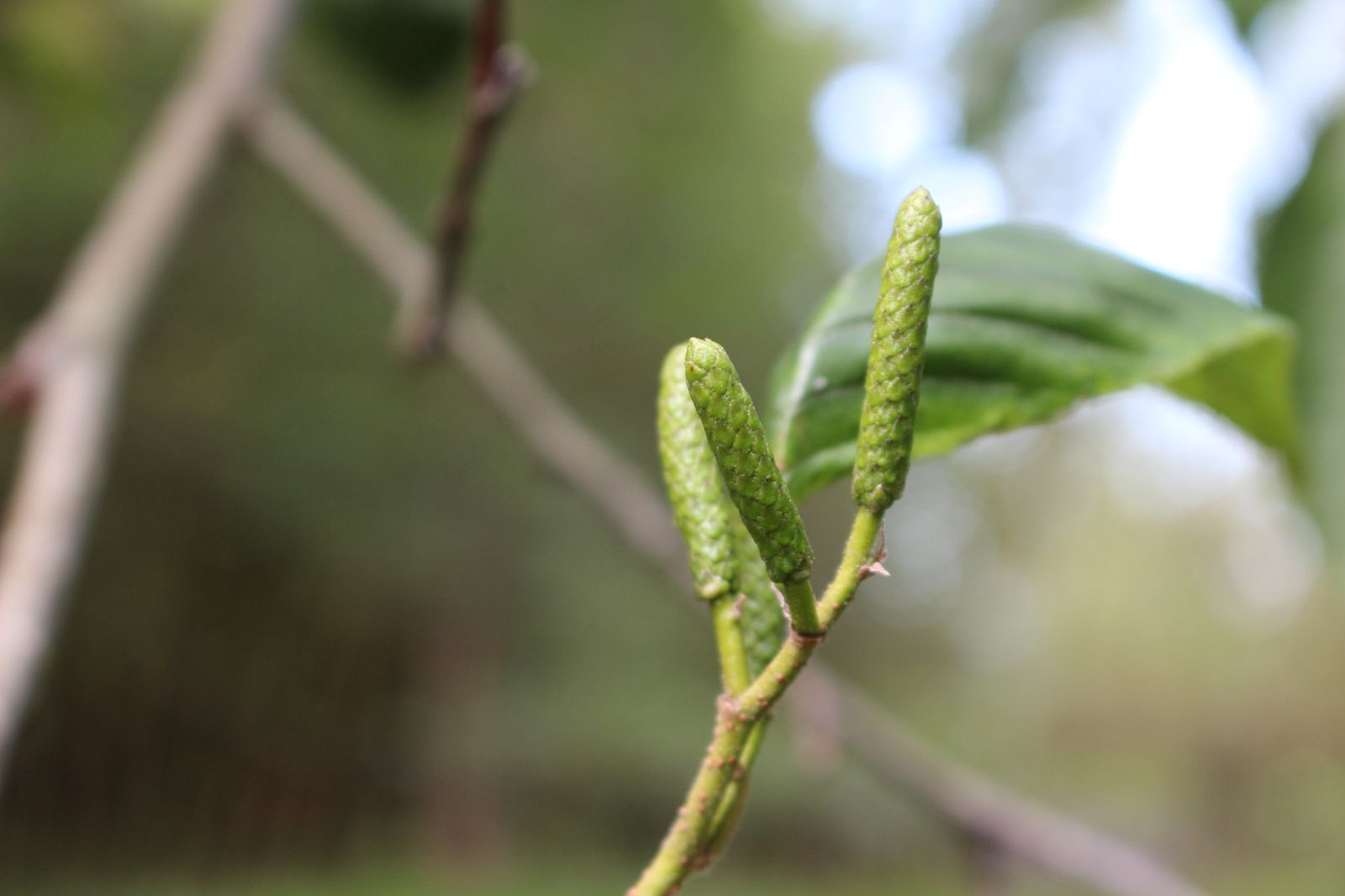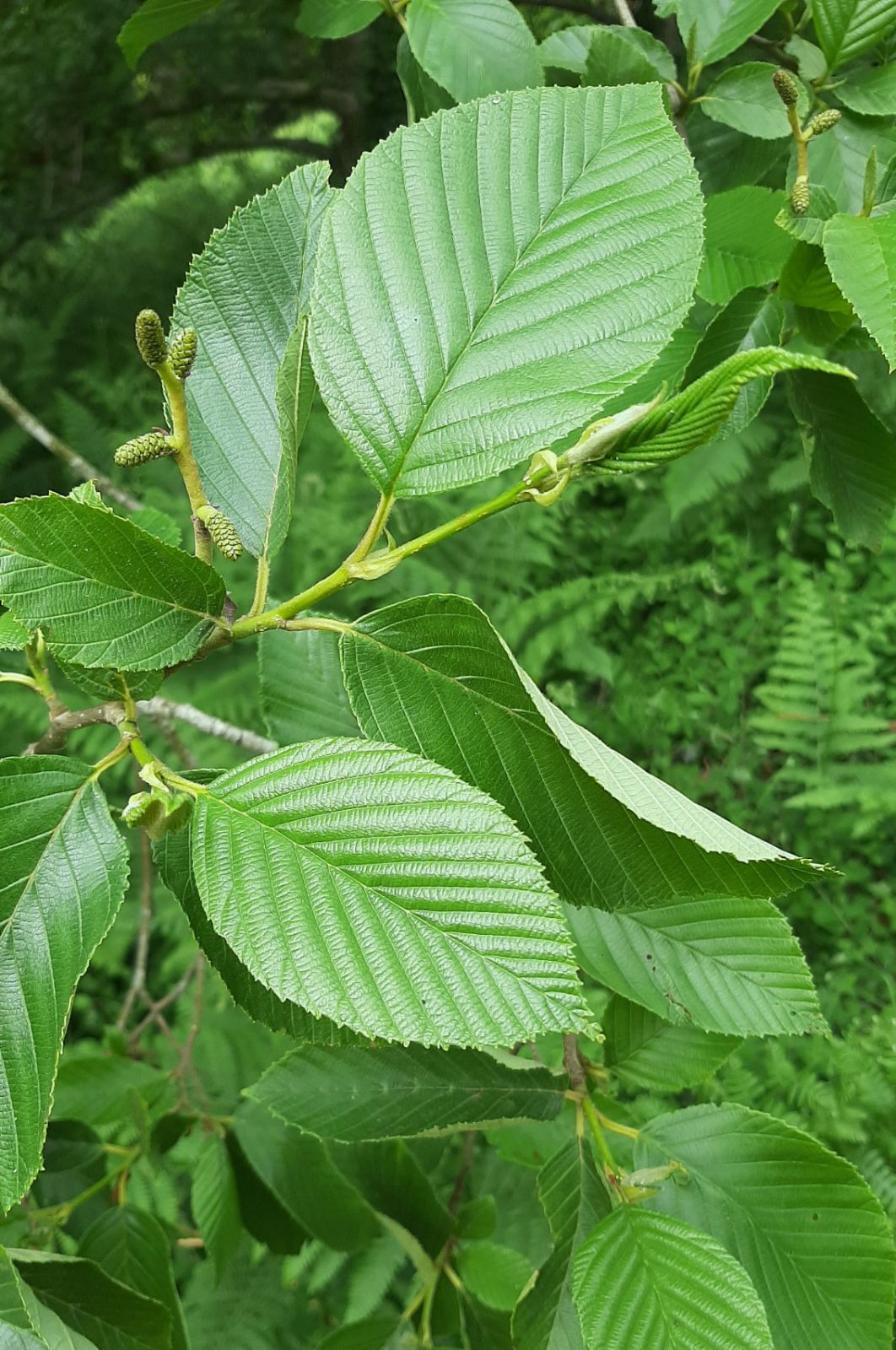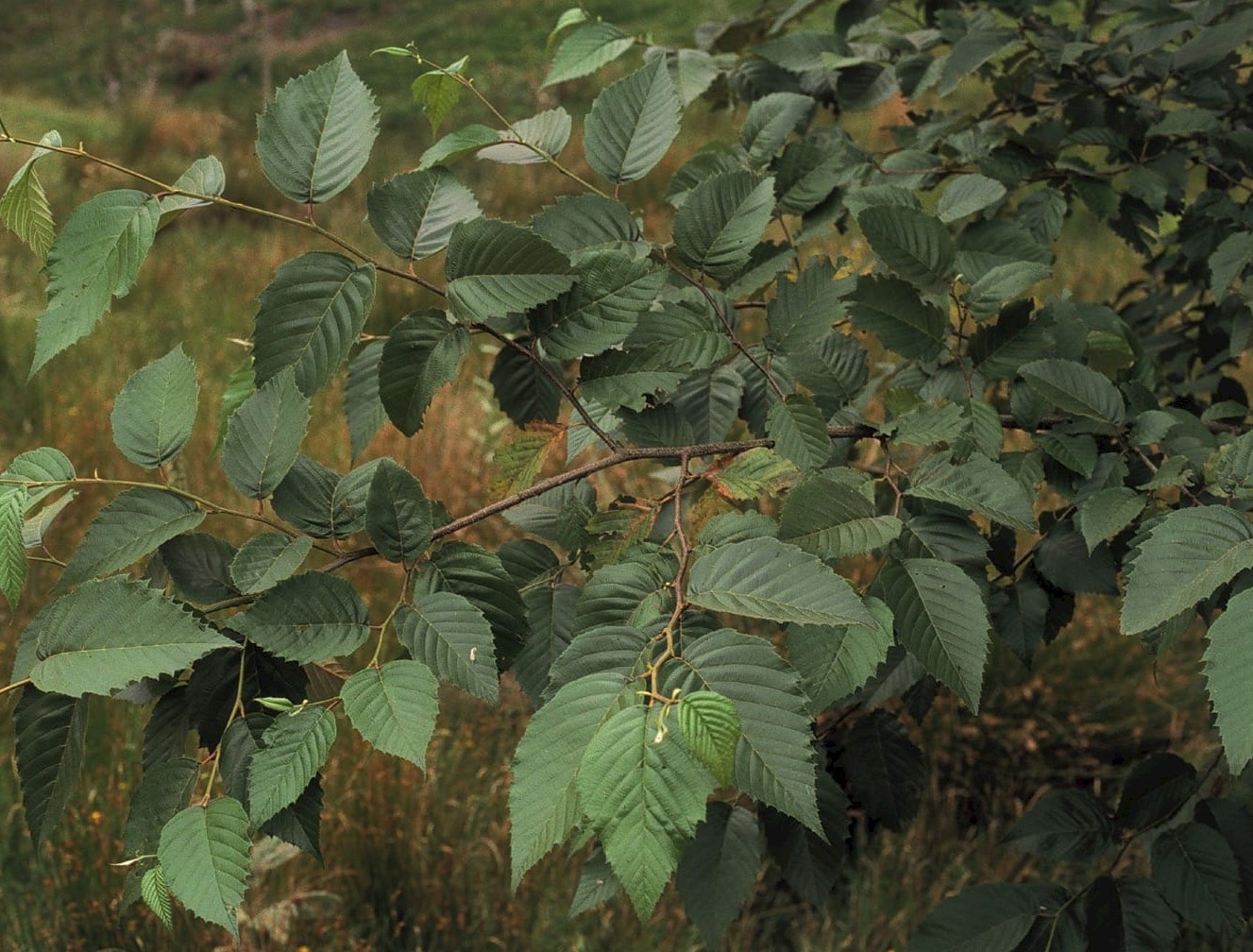Alnus acuminata
Sponsor
Kindly sponsored by
a member of the International Dendrology Society
Credits
Tim Baxter & Hugh A. McAllister (2024)
Recommended citation
Baxter, T. & McAllister, H.A. (2024), 'Alnus acuminata' from the website Trees and Shrubs Online (treesandshrubsonline.
Genus
- Alnus
- Subgen. Alnus, Sect. Japonicae
Common Names
- Evergreen Alder
- Aile
Synonyms
- Alnus arguta (Schltdl.) Spach
- Alnus castaneifolia Mirb.
- Alnus ferruginea Kunth
- Alnus guatemalensis Gand.
- Alnus lanceolata Phil.
- Alnus lindenii Regel
- Alnus mirbelii Spach
- Alnus pringlei Fernald
- Alnus rufescens Liebm. ex Hemsl.
- Alnus spachii (Regel) Callier
- Betula arguta Schltdl
Infraspecifics
Other taxa in genus
- Alnus alnobetula
- Alnus betulifolia
- Alnus cordata
- Alnus cremastogyne
- Alnus djavanshirii
- Alnus dolichocarpa
- Alnus × elliptica
- Alnus × fallacina
- Alnus fauriei
- Alnus ferdinandi-coburgii
- Alnus firma
- Alnus formosana
- Alnus glutinosa
- Alnus hirsuta
- Alnus incana
- Alnus inokumae
- Alnus japonica
- Alnus jorullensis
- Alnus lanata
- Alnus lusitanica
- Alnus maritima
- Alnus matsumurae
- Alnus × mayrii
- Alnus nepalensis
- Alnus nitida
- Alnus oblongifolia
- Alnus orientalis
- Alnus pendula
- Alnus rhombifolia
- Alnus rohlenae
- Alnus rubra
- Alnus serrulata
- Alnus serrulatoides
- Alnus sieboldiana
- Alnus 'Sipkes'
- Alnus × spaethii
- Alnus subcordata
- Alnus trabeculosa
Narrow to spreading single or multiple stemmed trees to 30 m in height. Bark grey to dark brown, often with deep bands encircling the stem and prominent lenticels. Twigs terete, variably hairy, with especially softly hairy nodes with large yellowish glands. Buds with two scales, heavily resin-coated. Leaves variable, typically elliptic-oblong, or obovate (rarely ovate), but lanceolate to narrowly ovate in subsp. glabrata; always broadest towards base; apex acute or acuminate to obtuse; base acute or cuneate; 5–16 × 3–7 cm, dark green and dull to shining above, green to yellow-brown and dull below; coriaceous; variously lobed from double-serrate, sinuate to shallow-lobed (often distinctly lobed on long-shoot); glabrous to yellow-pubescent above and below, especially in vein axils; glandular; secondary veins 5–10 pairs. Petioles 6–12 mm, mostly glabrous and glandular. Stipules ovate to elliptic, 5 × 1.5 mm, yellowish hairy. Staminate and pistillate catkins produced during the previous growing season. Pistillate catkins in erect clusters of 3–6 catkins, terminal, 2.5 × 2 mm. Staminate catkins in clusters of 2–6, semi-erect to pendent, 5–11 × 3–9 mm. Fruit ovoid to ellipsoid, broadest at the base, 13–25 × 9–15 mm; scales 3.5–5 mm. Seed narrowly winged, dark brown, elliptic to obovate, 1.7–3.5 × 1.2–3 mm. (Furlow 1979, Baxter, pers. obs.).
Note: description, distribution and habitat data refer to the species as a whole; see below for detailed descriptions and distributions of the three subspecies including the nominate subsp. acuminata.
Distribution Argentina North west Bolivia Colombia Costa Rica Ecuador El Salvador Guatemala Honduras Mexico Panama Peru Venezuela
Habitat Wet forests and stream sides at high altitude (1500–2800 m asl), as pure stands or in mixed forests with Pinus, Quercus or Abies in Mexico and Mesoamerica. A colonising species of open ground, ditches and other wet places. Outside its native range it can be a troublesome invasive species.
USDA Hardiness Zone 8-9
RHS Hardiness Rating H4
Conservation status Least concern (LC)
Alnus acuminata has an extensive distribution through the Americas, from Mexico south to northern Argentina. In the classification followed here Alnus jorullensis is the only other species to occur in central America, but A. acuminata alone extends the genus’ distribution into South America proper. South American trees identified as A. jorullensis belong here. It is believed these species evolved from A. rubra and migrated south (Furlow 1979). The main morphological character to separate the two is leaf shape and secondary leaf vein number: A. acuminata is broader towards the leaf base and has 5–10 pairs of secondary leaf veins; A. jorullensis has leaves which are broader towards the apex (obovate-elliptic) and with 7–17 pairs of veins. (A. oblongifolia is similar to A. acuminata but is distinguished by narrower, lanceolate leaves, flowers typically with 2 rather than 4 stamens, and is restricted to southern Arizona and NW Mexico in dry regions at high altitude). Introgression may occur between all three species.
Alnus acuminata is a highly variable species and most of its range is tropical or subtropical, making it an unusual subject in cultivation in northern temperate regions. It is often confused with A. jorullensis, especially for specimens lacking precise origin details. The morphology of both is variable and appears to be related (not necessarily clearly) with habitat. All American alders, including both A. jorullensis and A. acuminata,are diploid (2n=28) (Furlow 1979; Restrepo & Gervais 1994). Being wind-pollinated and sharing similar phenology they are likely to interbreed where both occur together, potentially compounding confusion further. However, this does not bely the fact that more work is needed, especially in A. acuminata, to determine whether other named taxa such as A. castaneifolia Mirb. actually merit taxonomic distinction rather than being considered local variants as stated by Furlow (1979) and Govaerts & Frodin (1998). Populations sometimes segregated as A. castanaeifolia appear to occur in a distinct north-easterly arm, somewhat separate to typical A. acuminata, and have narrow lanceolate-elliptic leaves. Molecular evidence supports that A. acuminata and A. jorulensis (as examined) are at least closely related (e.g. Ren, Xiang & Chen 2010; Ren & Liu 2006).
The treatment to subspecies level follows the generally accepted line in the World Checklist of Selected Plant Families (Govaerts & Frodin 1998) and Furlow (1979), with three subspecies recognised here. Christenhusz – a notorious lumper – did not distinguish between subspecies in Flora Mesoamericana (Christenhusz 2009). Morphological distinctions between them are slight and only accessions of known geographical provenance can be identified with certainty.
Alnus acuminata appears rare in cultivation in northern temperate climates, but all three subspecies are represented in several European and American collections. All are best grown in a warm garden with mild winters, on moist soils, in areas with moderate to high rainfall, but even in optimum conditions trees are unlikely to be evergreen in a temperate climate. Cold tolerance appears to be dependent on provenance: At Blagdon Hall (Northumberland, UK) for example, subsp. glabrata has proved to be hardier than subsp. arguta (M. Ridley in Grimshaw & Bayton 2009). This subspecies survived unscathed in the UK’s cold 2010–11 winter, but precise hardiness data is not known. It is moderately susceptible to Alder Leaf Beetle, despite the thick leaf blade.
subsp. acuminata
Common Names
Andean Alder
Aliso
Tree to 25 m, to 1 m dbh; often multistemmed, rarely shrubby or prostrate. Branchlets dull or lustrous, somewhat glaucous, sparsely pubescent and with small yellowish brown glands. Buds resinous. Leaves deciduous, 3.5–9.5(–19) × (2–)3.5–9(–11) cm, ovate to elliptic, upper surface glabrous, lower surface with limited pubescence, 10–16 lateral veins pairs, margins slightly revolute and serrate or serrulate, apex long-acuminate to acute, obtuse or rounded; petiole glabrous or pubescent, 0.7–1.6 cm long. Staminate inflorescences catkin-like, 3.5–15 cm long; pistillate inflorescences in racemes of 2–4, pedunculate, globose to oblong, 0.3–0.8 × 0.15–0.32 cm. Fruit 1.5–3 × 0.8–1.2 cm, bracts 0.3–0.5 cm wide. (Grimshaw & Bayton 2009; Furlow 1979).
Distribution
- Argentina – northern provinces
- Bolivia
- Colombia
- Ecuador
- Peru
- Venezuela
RHS Hardiness Rating: H5
USDA Hardiness Zone: 8-9
Subsp. acuminata is perhaps the least commonly grown subspecies, reflecting its mostly tropical distribution away from the normal haunts of temperate dendrologists.
In the UK, plants from the Tucuman area of northern Argentina, one of the most southerly provenances of the species, are doing well at Stone Lane Gardens, Devon (11 m × 11 cm dbh and at Ness (8 m × 15 cm dbh in 2015) Tree Register 2021). These survived the 2010–11 winter unscathed at Ness, where the temperature reached –12°C, and continue to grow well despite low rainfall. Further plants from NW Argentina are thriving in a sheltered valley on the island of Jersey, where a UK National Collection of Alnus is maintained in woodland by the charity Jersey Trees For Life (T. Christian pers. comm. 2022).
subsp. arguta (Schltdl.) Furlow
Differing from subsp. acuminata in that its leaves are coarser, doubly and more deeply toothed. (Grimshaw & Bayton 2009; Furlow 1979).
Distribution
- Costa Rica
- El Salvador
- Guatemala
- Mexico – Chiapas, Chihuahua, Durango, Guanajuato, Guerrero, Hidalgo, Jalisco, México, Michoacán, Morelos, Nayarit, Oaxaca, Puebla, Querétaro, San Luis Potosí, Sinaloa, Sonora, Veracruz
- Panama
RHS Hardiness Rating: H6
USDA Hardiness Zone: 9
In northern temperate regions at least subsp. arguta is the most frequently grown of the three A. acuminata subspecies. Most trees are probably traceable to Mexican provenance, although material of Guatemalan origin is cultivated at the University of California Botanical Garden at Berkeley (Grimshaw & Bayton 2009). The once-tallest specimen recorded in Britain, an 11 m tree at Borde Hill, West Sussex in 1962 (Grimshaw & Bayton 2009) has been well and truly relegated by a tree growing in the Water Garden at Wakehurst Place, 16 m × 33 cm dbh in 2015 (Tree Register 2021). Elsewhere in the world it is widely used as an agroforestry crop, for example in Uganda (Siriri et al. 2010).
subsp. glabrata (Fernald) Furlow
This subspecies overlaps with subsp. arguta, from which it can be distinguished by its entirely glabrous lower leaf surface and the lanceolate to narrowly ovate, acuminate leaves. However, hybridisation between the two subspecies does occur, creating intermediate progeny. (Grimshaw & Bayton 2009; Furlow 1979).
Distribution
- Mexico – central Durango, Guanajuato, Guerrero, Hidalgo, México, north-central Oaxaca, Puebla, Tlaxcala
USDA Hardiness Zone: 9
In many respects subsp. glabrata is the horticulturally inferior representative of A. acuminata, but its upright form, glossy foliage, and male catkins are attractive features (Grimshaw & Bayton 2009). Certain provenances may also be hardier than any of the other subspecies: Trees were reported from several UK collections in New Trees, including Blagdon Hall in Northumberland (a particularly cold part of the UK), Tregrehan in Cornwall, and Stone Lane Farm in Devon, but in 2021 the only specimen recorded by the Tree Register grows on the campus of Surrey University in Guildford, 8 m × 12 cm dbh in 2018 (Tree Register 2021; Grimshaw & Bayton 2009).

